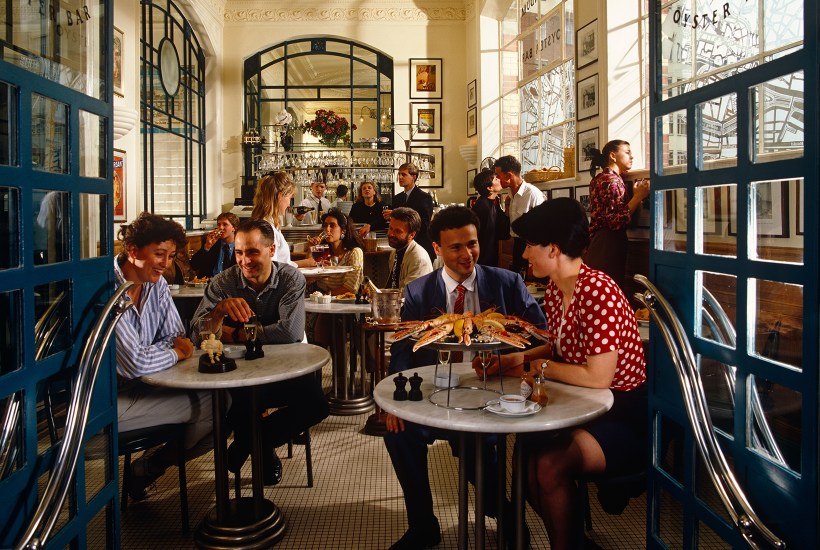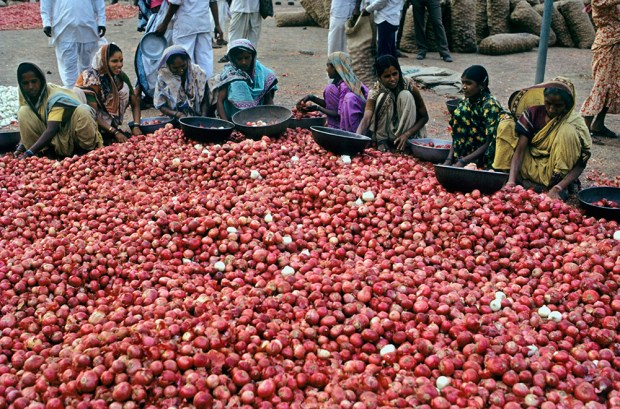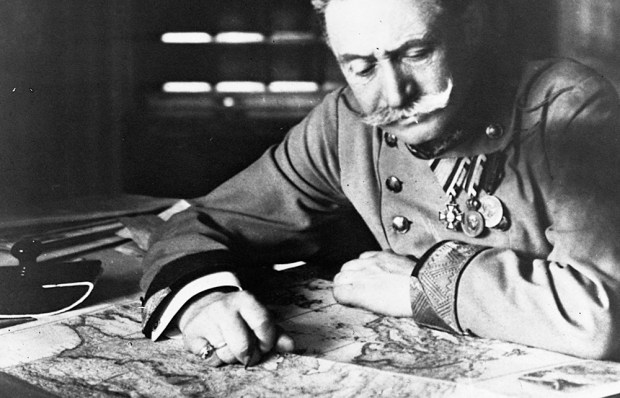In the concluding chapter of this book the Daily Telegraph’s restaurant critic and recovering vegan-baiter William Sitwell muses on the collapse of Jamie Oliver’s empire last year: ‘His endeavour, passion and hard work wasn’t enough… it was part of a bursting bubble.’ Since then more mid-range chains have announced their imminent demise. Teetering before lockdown, it’s not just the prospect of months of closure and general uncertainty that’s pushing them over the brink but decades of oversupply and a reliance on a cynical model of successful restaurants selling on and out. This book feels timely: a reminder of what we currently can’t have, and how the sector came to be.
Sitwell is upfront about his book. He describes himself as a storyteller, and apologises for omitting places or people the reader might feel are missing, though I’m not sure this makes up for his giant leap from 1837 to 1923 without any mention of César Ritz or Auguste Escoffier, both regarded with good reason as seminal figures in the history of restaurants.
The structure is neat. Eighteen chapters in (mainly) chronological order, purportedly set around a moment in time or a particular restaurant. Each begins with a useful précis; many continue with imaginary vignettes. We start on ‘a blazing hot day’ in AD 79 in the Inn of Primus in Pompeii and end with an enjoyably ludicrous description of Ovnew in Barcelona — though ‘mocking such a place is not a struggle’. On the way Sitwell takes us from the distribution of alms at the Sultan’s palace in 13th-century Constantinople, through cookshops in medieval London to the male-dominated coffee houses of the 17th century.
The accepted narrative of restaurant development points to the key era being the mid 18th century, when the English were flocking to taverns and the French came up with the concept of bouillon joints, aimed at genteel palates in need of a bit of TLC. The word ‘restaurant’ comes from the French se restaurer — to restore oneself. By the time the French Revolution broke out, Paris was full of them, but the best cooking was still to be found in private houses, and those who fled the Terror in 1793 included chefs along with their aristocratic employers. Many settled permanently abroad, spreading the concept of restaurants and furthering the hegemony of French cuisine throughout Europe.
This is unashamedly popular history, Sitwell’s research drawn from secondary sources, with a bibliography and index featuring most of the main writers on the subject. But it’s a book of unequal halves. The early chapters are uneven, the narrative alternating between purple prose (Vesuvius’s first rumbling likened to ‘the gods grumbling, perhaps like humans did when offered a bad hand at the gambling table’) and snarky asides — which presumably aim to echo the author’s public persona, but nevertheless jar. And there are errors beyond the typos: tablecloths were not invented in 1410 and charcoal stoves were in use well before 1827.
But at last we reach 1923, and the founding of Britannia & Co in Bombay, after which we’re treated to a jolly riff on the development of eating out over the past century, with the author evidently more in his comfort zone. He touches lightly on wider issues within the global food chain — environmental impact, cultural appropriation — and is clear-eyed on the bad as well as the good when discussing such icons as Chez Panisse.
No longer reliant on a range of often contradictory sources, Sitwell can draw freely on interviews and his own experiences. Le Gavroche and Bibendum get their own chapters, while The Fat Duck, Yo Sushi and Quo Vadis receive walk-on roles. I found the discussion of Alan Crompton-Batt and the rise of the superstar chef fascinating; and, while the lists of the great and the good are occasionally tedious, the narrative generally works and in the end is supremely readable.
As its subtitle promises, this book is indeed a history of eating out — a very personal one. If the first half should not be taken too seriously, as a distraction from the current scenario of eking out the flour at home it is a serviceable introduction to a fascinating subject.
Got something to add? Join the discussion and comment below.
Get 10 issues for just $10
Subscribe to The Spectator Australia today for the next 10 magazine issues, plus full online access, for just $10.
You might disagree with half of it, but you’ll enjoy reading all of it. Try your first month for free, then just $2 a week for the remainder of your first year.














Comments
Don't miss out
Join the conversation with other Spectator Australia readers. Subscribe to leave a comment.
SUBSCRIBEAlready a subscriber? Log in